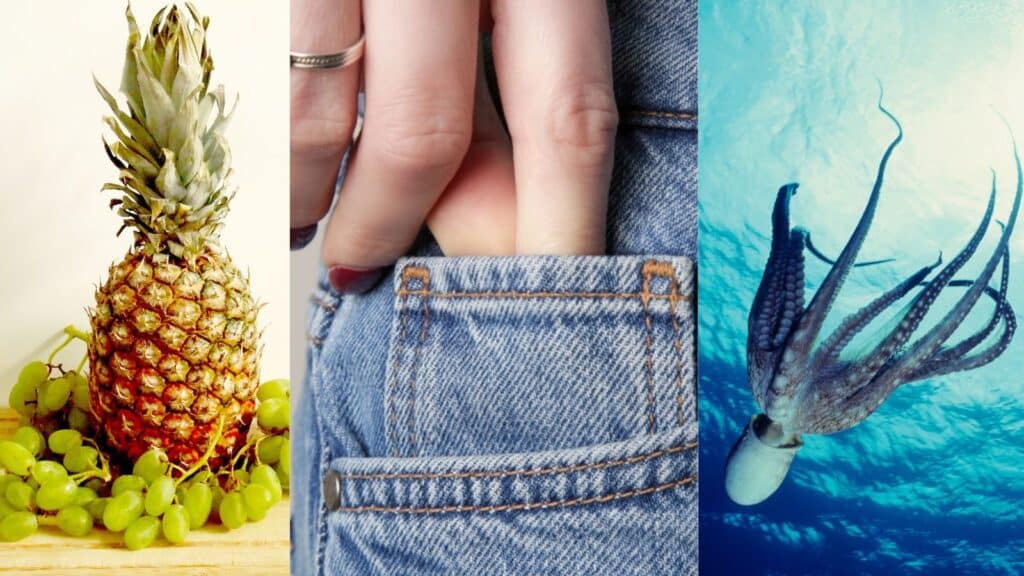From the hidden purposes behind common items to the surprising origins of your everyday essentials, here are some incredible facts that will make you look at ordinary things differently.
Bubble Wrap Was Invented as Wallpaper

Yes, that poppable joy you use for packing was created initially as wallpaper in 1957. Two engineers wanted to make textured, modern-looking walls, but somehow, the idea did not take off. Instead, they found a better use – protecting fragile items. Imagine decorating your living room with bubble wrap and resisting the urge to pop every single bubble!
Bananas Are Berries, But Strawberries Aren’t
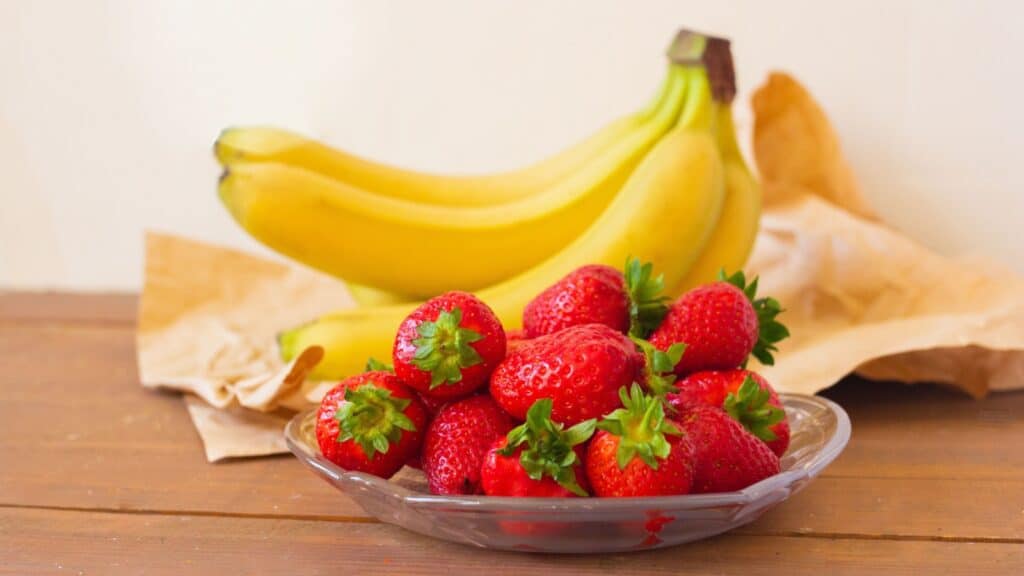
Technically speaking, bananas are berries and strawberries are not. A berry is a fruit that grows from a single flower having one ovary. Strawberries are “aggregate fruits” formed from multiple ovaries. It’s just one of those things where nature is too complicated to label things sensibly – just like calling a tomato a fruit!
Coffee Was Once a Banned Beverage

Can you imagine a world without your morning cup of coffee? In the 1600s, parts of the world banned coffee as it was considered the “drink of the devil.” Religious leaders thought it stimulated sinful thoughts, and some kings feared it encouraged rebellion. Thankfully, humanity woke up – literally – and embraced coffee as the liquid gold it is today.
The Holes in Pen Caps Save Lives

Ever wondered why pen caps have small holes at the top? Well, it actually isn’t for aesthetics. Well, these small lifesavers serve to prevent cases of choking accidents. If anyone, while playing, takes in a pen cover into their mouth and then swallows it, the hole allows them to breathe until rescued. So next time you chew your pen – yes, we all do – give kudos to this ingenious safety feature.
Most Elevator Close Door Buttons Are Fake

Ever press furiously on the “close door” button in the elevator, only to feel it mock you? That’s because most of these buttons are non-operational – they’re placebo buttons meant to give you an illusion of control. It’s time to take a cue from everybody else and wait.
Peanuts Are Not Nuts

But despite the name, peanuts are actually a legume. Unlike true nuts, which grow on trees, peanuts grow underground. They are part of the bean family, making them distant cousins with lentils and chickpeas. So technically speaking, that jar of peanut butter in your pantry is more bean paste than nut spread!
Highlighter Ink Glows for a Reason

Highlighters don’t just pop because of neon ink—they contain fluorescent compounds that react to ultraviolet light, making them appear even brighter to the human eye. That’s why they’re so hard to miss, even in dim lighting.
Bread Clips Are Color-Coded for Freshness

The next time you buy bread, look for the little colored plastic clip. It’s color-coded according to what day of the week it was baked on; that way, if you know the color code, you can pick up a fresh loaf instead of trusting the expiration dates. Knowing the facts certainly gives one the advantage – even when shopping for bread.
The Hidden Arrow within the FedEx Logo

Think you’ve seen the FedEx logo a million times? Think again. Between the “E” and the “x,” there’s an arrow secretly sneaking its way onto your brain, symbolizing speed and precision. This is one of the sneakiest (and coolest) examples of hidden branding. You will never look at a FedEx truck the same way again.
Keyboard Bumps Aren’t Random

The little raised bumps on the “F” and “J” keys? So you can correctly position your fingers without looking. A lifesaver for touch typists and a small detail of such subtlety, it makes typing faster and more efficient. Who knew those bumps were so considerate of us?
The Eiffel Tower is Taller in Summer

Due to thermal expansion, the Eiffel Tower grows about six inches during summer. The metal expands in the heat, making it a little taller. Imagine explaining to tourists why the iconic structure seems to be “stretching”—and yes, it shrinks back in winter!
Butterflies Taste with Their Feet
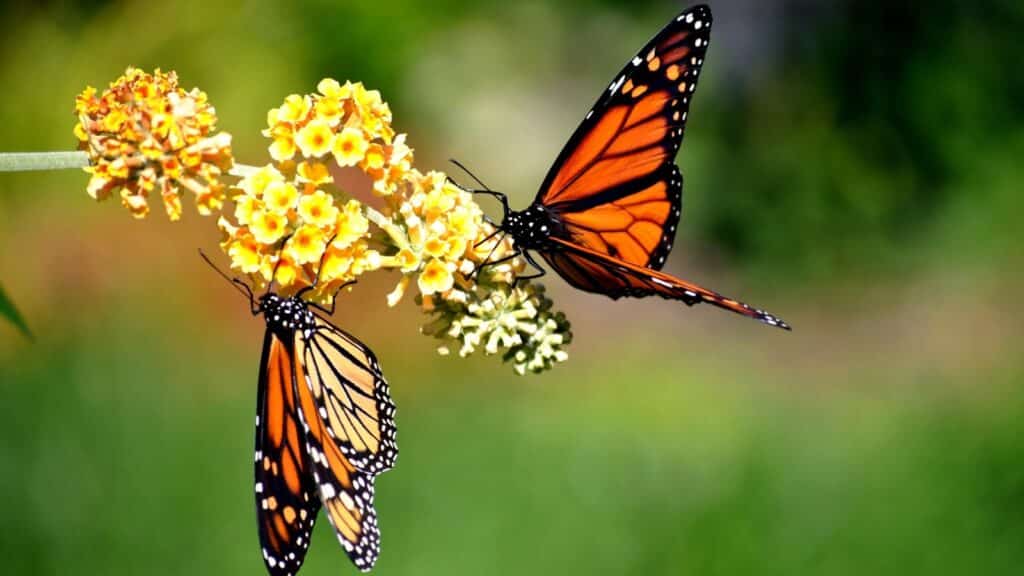
Yes, butterflies taste food with their feet, not their mouths. Tiny taste receptors help them detect if a plant is edible. So the next time you see a butterfly land on a flower, it’s basically sampling a buffet. Nature’s got some wild dining habits.
The Tiny Pocket on Your Jeans Had a Big Job

That tiny pocket above the front pocket on your jeans? It was used to house pocket watches back in the 1800s. Nowadays, it is more of a decorative feature, although several people use it for storing coins or guitar picks.
Your Fingernails Grow Faster on Your Dominant Hand

Ever wondered why your nails seem to grow unevenly? The blood flow in your dominant hand is greater because of more use, hence speeding up the nail growth. So if you are right-handed, expect your right nails to outpace the left.
Pineapples Take Two Years to Grow
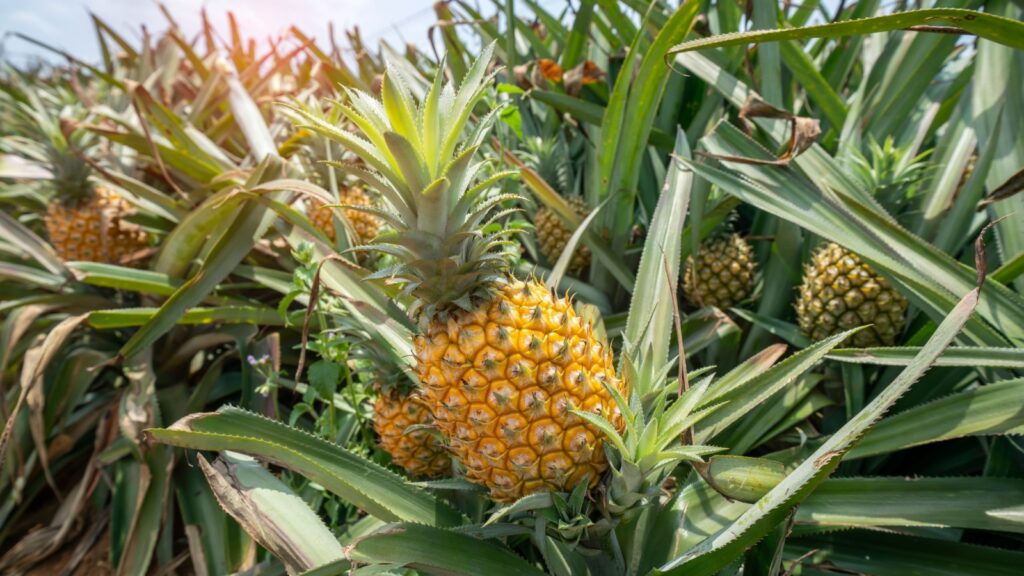
Patience is a virtue when it comes to pineapples. These tropical treats can take up to two years to fully mature. Considering how delicious they are, it’s well worth the wait – but it also explains why they’re a little pricier than other fruits. Good things come to those who wait!
Octopuses Have Three Hearts
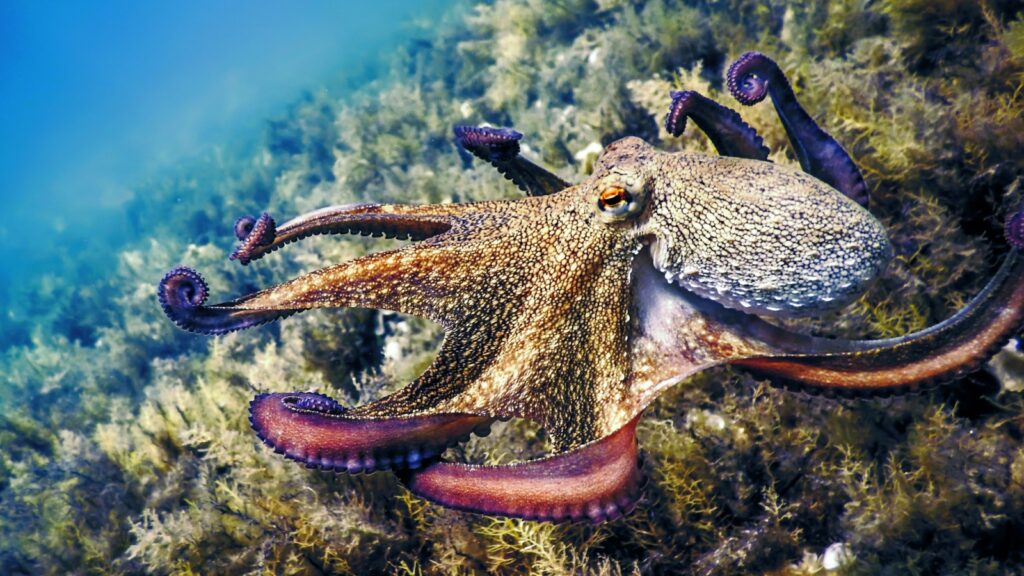
Octopuses are pretty much the overachievers of the sea. They have three hearts, two of which pump blood to their gills, while the third keeps the rest of their body oxygenated. Fun fact: the heart that supplies blood to their body stops beating when they swim. Talk about multitasking!
16 Everyday Myths That Are Completely False (But People Still Believe)

From food myths to strange health beliefs, here are 17 everyday myths that are just fiction. Yet people cling to them like they are written in stone, even though they are about as accurate as a flat Earth.
16 Everyday Myths That Are Completely False (But People Still Believe)
15 Lies You Were Told as a Kid (And Still Kind of Believe)

Yes, our childhood included ice cream trucks and Saturday morning cartoons, but it also included wildly fabricated information we were given by grown-ups in order to shut us up, frighten us, or keep us in line. These 15 lies were seared into our consciousness—and still linger in our grown-up brains.
15 Lies You Were Told as a Kid (And Still Kind of Believe)

